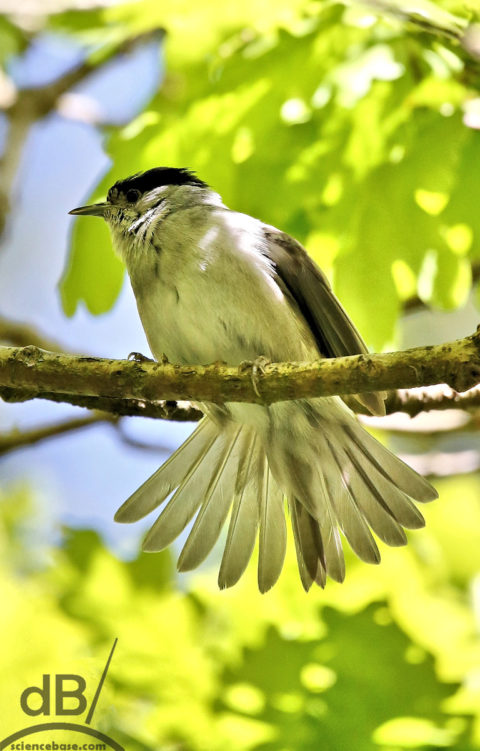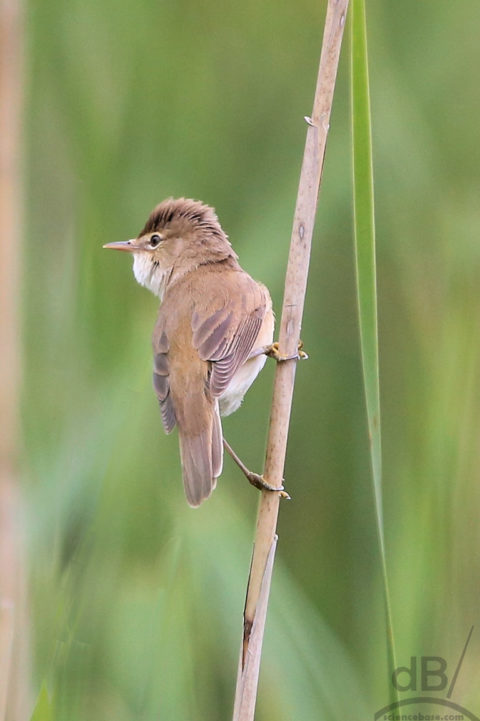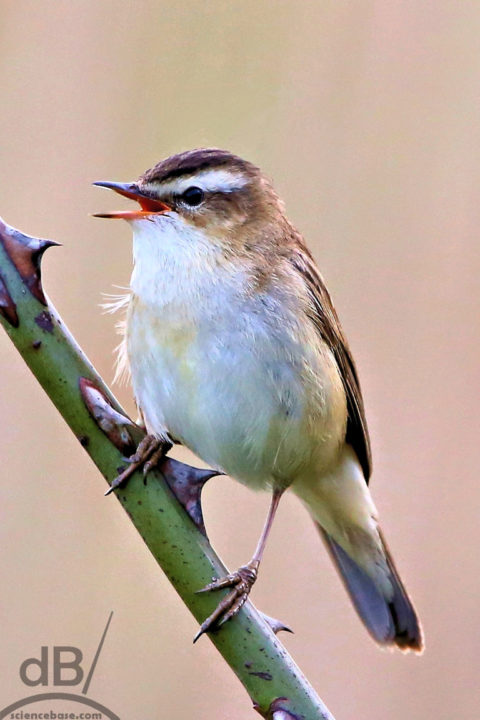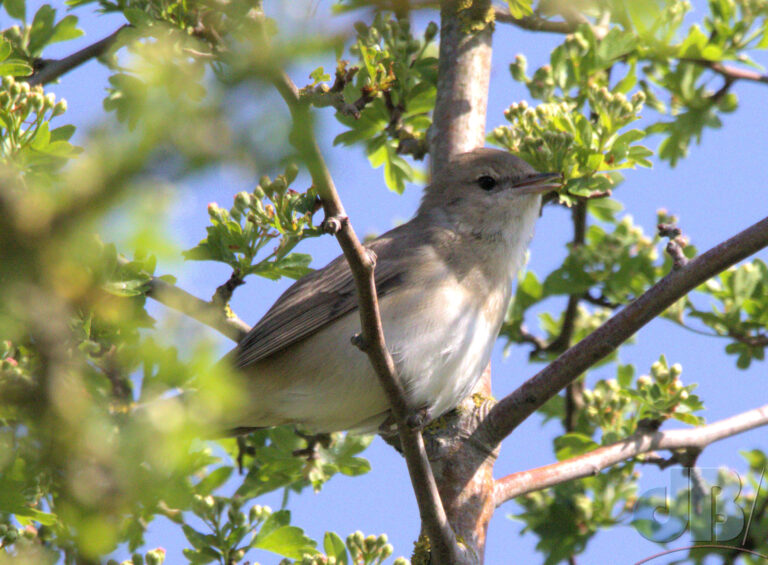It seems I have landed myself the entirely voluntary role of writing the bimonthly Bird Report for our local newsletter – Cottenham News. The column has been expertly and diligently handled until now by local birder Jasper Kay, but times move on and he has handed over the reins to this very amateur birder. Anyway, I’m not going to try and follow in Jasper’s footsteps but will attempt to put together a regular bird column with a sidebar that cites local sightings in, over, and around our patch.
Bird Report 1 – What’s a warbler, anyway?
Seasons come and go and so do many of the birds we see at different times of the year. Those that spend the summer, we call summer visitors. Many of them travel thousands of miles from Southern Africa or elsewhere to be with us during the summer: the cuckoos, swallows, swifts, and house martins. Perhaps less familiar is a group of birds we call the “warblers”. Warbler refers to a very disparate group of small perching birds that are really only united in that you might refer to the songs and call as warbling, although some of them are less melodic than others and more scratchy avant-garde improvisers, that’s probably too unwieldy a name for a type of bird.

Walk along the Cottenham Lode and you might catch a fleeting glimpse of a cackling bird with a white throat, which goes by the rather obvious name the whitethroat (Sylvia communis), you might also see its more furtive cousin the lesser whitethroat (Sylvia curruca). Among the more avant-garde of the warblers, is the reed warbler (Acrocephalus scirpaceus), which again rather obviously, as its name suggests, is a warbler that lives among the reeds.

Head into the Rampton Spinney and you might hear the summery and rather more melodic song of its cousin, the blackcap (Sylvia atricapilla). A grey bird with, yes, a black cap. Unless it’s the female or a youngster in which case the cap is a chestnut brown. You may well have had blackcaps over-wintering in your garden during the last few years. Tracking of specimens from Eastern Europe would suggest that many get lost when heading back to North Africa and Iberia for the winter and find our bird feeders enticing and that our generally reasonably warm winter climate suits them fine.

During the summer months, you might also hear the regular chiff-chaff call of the chiffchaff (Phylloscopus collybita). This species looks almost identical to the willow warbler (Phylloscopus trochilus), which, bucking the obvious naming trends, does not only favour willow trees. Both birds are small and variously hued in browns and yellows. The chiffchaff has dark legs whereas those of the willow warbler are pink and the latter has longer wings. However, the most notable difference is in their song, the willow warbler preferring a descending fluting melody over the chiff chaff’s rhythmic cadence. That said, leg colour can vary and some specimens will on rare occasions mimic the other species in their song, so there is rarely 100% certainty in their identification.

It is on local nature reserves rather than farmland that you are more likely to see some of the other warblers including the noisy and melodic Cettis’ warbler, the flighty sedge warbler, and the grasshopper warbler with its talent for mimicking the sound of, you guessed it, grasshoppers. You might have to head to Dunwich Heath if you want to see the troubled Dartford warbler and perhaps even further afield to see a marsh warbler, moustached warbler, Bonelli’s warbler, or the fan-tailed warbler.
——————————————————–
Recent sightings in and around Cottenham Marsh harrier, red kite, buzzard, kestrel, little egret, heron, corn bunting, meadow pipit, skylark, yellowhammer, over and around local farmland and waterways Whitethroat, lesser whitethroat along Cottenham Lode Blackcap, green woodpecker, great spotted woodpecker, willow warbler, chiffchaff, bullfinch in Rampton Spinney Unconfirmed bluethroat (on Brenda Gautrey Way), Turtle Dove along the Lode.
——————————————————–
The title of this post paraphrases Francis Healy in the Travis song “Writing to reach you” where he is presumably having a sly dig at elderstatesmen of BritPop, Oasis and their song “Wonderwall”, presumably with at least a nod of recognition to the 1968 psychedelic film of that name with soundtrack by George Harrison.